Varanasi, also known as Kashi or Banaras, is one of the oldest continuously inhabited cities in the world, and its streets are steeped in history, culture, and spirituality. Walking around Benaras streets is a popular activity to explore this place truly and appreciate it's diversity & vibrance.
Narrow and maze-like streets can be beautiful : The streets of Varanasi are narrow and maze-like, with many alleys and lanes that lead to ancient temples, ghats (riverfront steps), and bazaars. Walking through these winding streets is like stepping back in time.
Vibrant bazaars of Varanasi have a lot to offer : Varanasi's bazaars are famous for their colorful textiles, silk saris, spices, and handicrafts. The bustling markets are a feast for the senses, with vendors hawking their wares, and shoppers haggling for the best prices.
The streets of Varanasi are considered holy, and many are named after Hindu deities. The city is a major pilgrimage site for Hindus, who come to bathe in the Ganges river and perform rituals at the many temples and shrines.
Varanasi is also known for its vibrant music and culture. The city has a long tradition of classical music, and hosts many music festivals and performances throughout the year. Its streets are also home to street performers, who entertain visitors with folk music and dance.
Varanasi is one of the oldest continuously inhabited cities in the world, and its streets are steeped in history and culture. The city has a rich tradition of classical music, dance, and handicrafts, which can be seen in its vibrant bazaars and street performances.
Varanasi is one of the most important pilgrimage sites in India, and the streets of the city are considered holy. Many of the streets are named after deities, and there are hundreds of temples and shrines scattered throughout the city. The streets are also lined with ghats, or riverfront steps, where pilgrims come to bathe in the Ganges river and perform religious rituals.
Varanasi is renowned for its street food, which includes chaat (spicy snacks), lassi (yogurt drink), and the famous Banarasi paan (betel leaf stuffed with nuts and spices). Foodies flock to the city to sample its delicious and diverse cuisine. There are several popular chat places in Varanasi where you can enjoy a variety of delicious street food. Here are a few options:
Kashi Chaat Bhandar: Located near Godowlia Chowk, Kashi Chaat Bhandar is a popular spot for chaat in Varanasi. Their signature dish is the Aloo Tikki Chaat, which is a must-try.
Deena Chaat Bhandar: Another popular chaat spot in Varanasi is Deena Chaat Bhandar, located in Lahurabir. Their samosa chaat and dahi bhalla are highly recommended.
Ram Bhandar: Ram Bhandar, located near Kachori Gali in Varanasi, is famous for its kachoris and chholey. Their kachoris are served with aloo sabzi and chutney.
Vishwanath Gali: Vishwanath Gali is a narrow lane in Varanasi that is lined with street food vendors. You can find a variety of chaat, samosas, and other snacks here.
Thatheri Bazaar: Thatheri Bazaar is another popular street food destination in Varanasi. You can find a variety of chaat, lassi, and sweets here.
Varanasi, also known as Banaras, has a rich tradition of textile weaving and is known for its exquisite silk fabrics, which are highly sought after across the world. Here are some interesting facts about textiles in Varanasi:
Varanasi silk: Varanasi is known for its high-quality silk fabrics, which are woven using fine silk threads. The silk used in Varanasi textiles is produced from silk worms that are reared in and around the city.
Banarasi saris: The Banarasi sari is one of the most popular and recognizable textiles from Varanasi. These saris are woven with intricate designs and motifs, often featuring gold and silver zari work.
Handloom weaving: Textile weaving in Varanasi is predominantly done on handlooms, with weavers using traditional techniques and tools to create the fabrics.
Zari work: Varanasi textiles are known for their intricate zari work, which involves weaving gold or silver threads into the fabric. Zari work is often used to embellish saris, bridal wear, and other high-end garments.
Traditional designs: Varanasi textiles feature a range of traditional designs and motifs, including paisley, floral, and geometric patterns. These designs have been passed down from generation to generation and are an important part of the city's cultural heritage.
Cluster development: The textile industry in Varanasi has been supported by the government through cluster development initiatives, which aim to improve the infrastructure and facilities available to weavers and textile artisans.
Sustainable practices: Many textile weavers in Varanasi are adopting sustainable practices, including using natural dyes and organic fibers. These practices not only benefit the environment but also produce high-quality, eco-friendly fabrics.
Varanasi is famous for its street food, which includes chaat, lassi, and the famous Banarasi paan. The city is a foodie's paradise, and many visitors come specifically to sample its delicious and diverse cuisine.
Malaiyo, also known as Nimish or Makhan Malai, is a famous dessert that is unique to the city of Varanasi in the northern Indian state of Uttar Pradesh. It is a light and airy dessert that is made using only a few ingredients, but it requires a lot of skill and patience to prepare.
To make malaiyo, first, fresh milk is boiled until it thickens and forms a cream-like layer on top. This layer is then carefully skimmed off and transferred to a large bowl. To this, saffron, sugar, and a pinch of cardamom are added, and the mixture is then whisked by hand for several hours until it becomes light and frothy.
During the whisking process, the mixture is exposed to the cool night air, which helps to create the light and airy texture of the dessert. Once the mixture has reached the desired consistency, it is spooned into small earthenware cups and garnished with nuts and saffron strands.
Malaiyo is a popular dessert in Varanasi, particularly during the winter months when the cool night air helps to create the perfect conditions for its preparation. It is typically sold by street vendors in the early morning hours, and many locals consider it a must-try delicacy when visiting the city. The dish is so popular in Varanasi that it has even inspired a festival called Malaiyo Mahotsav, which celebrates the dessert and its unique preparation method.a
Varanasi is a city that has a deep love affair with tea, and you'll find tea shops and vendors in almost every corner of the city. The love for tea in Varanasi has been deeply ingrained in the culture and the social fabric of the city. Here are some reasons why tea is so popular in Varanasi and the special varieties of tea you can find there:
Tradition: Tea drinking is a longstanding tradition in India, and Varanasi has a rich history of tea consumption. The city has been a hub of tea trade and production for centuries, and it's not surprising that tea shops and vendors have proliferated in the city.
Climate: Varanasi has a hot and humid climate, and tea is a refreshing and soothing beverage that helps to cool the body and quench thirst.
Socialization: Tea drinking is a social activity in India, and it's not uncommon to see groups of friends and colleagues sipping tea and chatting at tea shops in Varanasi. Tea shops in Varanasi have become an important meeting place for locals and tourists alike.
Varieties of tea: Varanasi is known for its unique and flavorful varieties of tea. Some of the most popular types of tea in Varanasi include:
Masala chai: A spiced tea made with black tea leaves, milk, and a blend of aromatic spices such as cinnamon, cardamom, cloves, and ginger.
Lemon tea: A refreshing tea made with black tea leaves, lemon juice, and sugar.
Saffron tea: A luxurious and aromatic tea made with saffron strands, black tea leaves, milk, and sugar.
Malai tea: A rich and creamy tea made with milk, tea leaves, and a layer of malai (milk cream) on top.
Kulhad tea: A special tea served in earthenware cups called kulhads, which give the tea a unique flavor and aroma.
The flower market and flower vendors of Varanasi are an integral part of the city's cultural and religious fabric. Here are some interesting facts about the flower market and flower vendors in Varanasi:
One of the oldest flower markets in India: The flower market in Varanasi is believed to be one of the oldest in India, with a history dating back several centuries.
A hub of flower trade: The flower market in Varanasi is a hub of flower trade, with flowers being sourced from nearby villages and towns, as well as other parts of the country.
Flowers for religious offerings: The flowers sold in the Varanasi flower market are mainly used for religious offerings and rituals. The market sees a surge in business during festivals like Diwali, Holi, and Durga Puja, when flowers are in high demand.
Varied range of flowers: The flower market in Varanasi offers a wide variety of flowers, including marigolds, roses, jasmine, lotus, and hibiscus. These flowers are used for making garlands, floral decorations, and offerings to the deities.
Eco-friendly practices: The flower vendors in Varanasi are known for their eco-friendly practices, with many of them using organic farming methods and avoiding the use of pesticides and chemicals.
Sustainable packaging: The flower vendors in Varanasi are also known for their sustainable packaging practices, with many of them using biodegradable materials like banana leaves and jute bags to pack and transport flowers.
Economic significance: The flower market in Varanasi provides employment to hundreds of people, including flower farmers, traders, and vendors. It also attracts tourists and visitors who are interested in exploring the city's rich cultural heritage.
Varanasi is also known for its vibrant and colorful carved doors that can be found throughout the city. Here are some interesting facts about these doors:
History: The tradition of carving doors in Varanasi dates back to the 18th and 19th centuries, when wealthy merchants and landowners would commission skilled craftsmen to create ornate and decorative doors for their homes.
Symbolism: Many of the carved doors in Varanasi feature intricate designs and patterns that have symbolic meanings in Hinduism, such as lotus flowers, peacocks, and elephants, which represent prosperity, beauty, and strength, respectively.
Materials: The doors are typically made from a variety of materials, including teak wood, sandstone, and marble. The craftsmen use traditional carving techniques, such as chiseling and engraving, to create intricate designs on the doors.
Colors: The doors are often painted in bright and bold colors, such as red, yellow, and blue, which add to their visual appeal and help them stand out in the crowded streets of Varanasi.
Preservation: Over the years, many of the carved doors in Varanasi have fallen into disrepair or been replaced with modern doors. However, there are efforts underway to preserve and restore these doors, which are an important part of the city's cultural heritage.
Tourist Attraction: The colorful carved doors have become a popular attraction for tourists visiting Varanasi, with many visitors taking walking tours of the city's narrow streets to admire the unique and beautiful doors.
The colorful carved doors of Varanasi are a testament to the city's rich cultural heritage and skilled craftsmanship, and they continue to be an important part of the city's vibrant and colorful streetscape.
The streets of Varanasi have a unique atmosphere that is hard to find elsewhere. The city is crowded, chaotic, and noisy, but it is also vibrant, colorful, and full of life. Visitors to Varanasi often describe the experience as both overwhelming and unforgettable.
Banarasi paan is a type of betel leaf preparation that is popular in the city of Varanasi (also known as Banaras) in Uttar Pradesh, India. It is made by wrapping a betel leaf around a filling of areca nut, tobacco, lime paste, and various spices and sweeteners such as fennel seeds, cardamom, cloves, coconut, and rose petals.
Banarasi paan is popular for its unique blend of flavors, which creates a refreshing and soothing sensation in the mouth. The betel leaf is believed to have medicinal properties and is known for its digestive and mouth freshening effects. The ingredients used in Banarasi paan are carefully selected and blended to create a balance of flavors and provide a distinct taste.
Banarasi paan has become a cultural icon of the city of Varanasi, and is an integral part of its cuisine and social life. It is commonly offered to guests as a sign of hospitality, and is also used in religious ceremonies and festivals. Its popularity has spread beyond the city of Varanasi, and it is now enjoyed by people across India and in other parts of the world.
Blue Lassi is a famous lassi shop located in the narrow lanes of Varanasi, a city in the northern Indian state of Uttar Pradesh. The story of Blue Lassi dates back to the 1920s, when a man named Lachhman Dua opened a small shop selling lassi, a popular yogurt-based drink in India.
Over the years, the shop gained a reputation for its delicious and creamy lassi, which was made using fresh yogurt, sugar, and various fruit and spice flavors. In the 1970s, Lachhman Dua's son, Rajnikant Dua, took over the business and expanded the menu to include over 100 different types of lassi, ranging from classic flavors like mango and rose to more unusual ones like chocolate and banana.
One of the most popular lassis at Blue Lassi is the Blueberry Lassi, which is made by blending fresh yogurt, sugar, and blueberries to create a rich and tangy drink with a vibrant blue color. The blue color is achieved by adding a natural food coloring derived from a flower called Clitoria ternatea, also known as the butterfly pea.
Over time, Blue Lassi has become a beloved institution in Varanasi, attracting locals and tourists alike with its delicious lassis and charming atmosphere. Visitors can enjoy their lassis in the small courtyard outside the shop, which is decorated with colorful murals and often filled with music and laughter. The shop continues to be run by Rajnikant Dua and his family, who take pride in preserving the tradition of making delicious and refreshing lassis in the heart of Varanasi.
Lassi is a popular yogurt-based drink in India, and it is particularly beloved in the city of Varanasi, located in the northern state of Uttar Pradesh. There are several reasons why lassi is so popular in Varanasi:
Climate: Varanasi has a hot and humid climate for most of the year, and lassi is a refreshing drink that helps to cool the body and quench thirst.
Tradition: Lassi has been a part of Indian cuisine for centuries, and Varanasi has a long history of producing high-quality dairy products, including yogurt. The city is known for its rich and creamy lassis, which are made using fresh, locally sourced yogurt.
Health Benefits: Lassi is a probiotic drink that contains live cultures of beneficial bacteria, which can help to improve digestion and boost the immune system. In Varanasi, where many people follow a vegetarian diet, lassi is also a good source of protein and calcium.
Variety: Varanasi is known for its diverse range of lassi flavors, which include classic options like mango and rose, as well as more unusual ones like chocolate and banana. This variety of flavors has helped to make lassi a popular drink for all ages and tastes.
Varanasi is a city in the northern Indian state of Uttar Pradesh and is known by several names due to its rich cultural, religious, and historical significance. Some of the most common names given to Varanasi are:
Kashi: This is the most popular name for Varanasi and is derived from the ancient city of Kashi that once stood on the banks of the Ganges. Kashi is also believed to be the abode of Lord Shiva, and the city is often referred to as the "City of Light" or "City of Shiva."
Banaras: Banaras is another name for Varanasi and is derived from the two rivers that flow through the city, the Varuna and the Assi. The name Banaras is believed to have been derived from the combination of these two names.
Avimukta: This name is derived from the belief that Varanasi is a city that can never be forsaken or abandoned, and is therefore known as Avimukta, meaning "never forsaken."
Anandavana: This name is derived from the belief that Varanasi is a place of eternal bliss and happiness. The city is often referred to as Anandavana or "Forest of Bliss."
Rudravasa: This name is derived from the belief that Lord Shiva, also known as Rudra, resides in the city. The name Rudravasa means "abode of Rudra."
Mahasmasana: This name is derived from the belief that Varanasi is a city of great spiritual power and is therefore often referred to as Mahasmasana or "great cremation ground."
Related Blogposts -








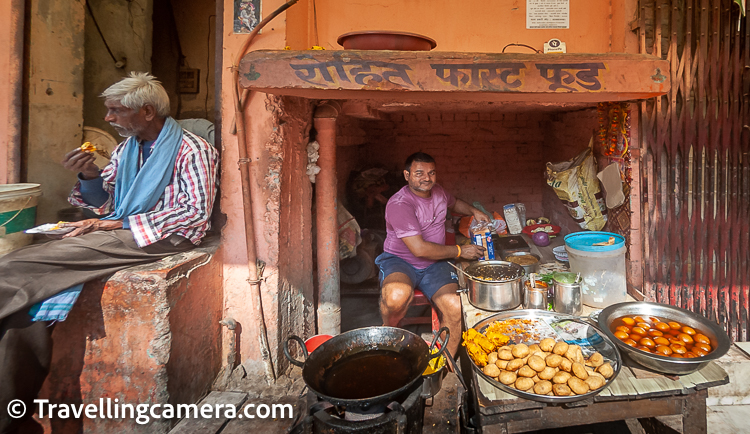
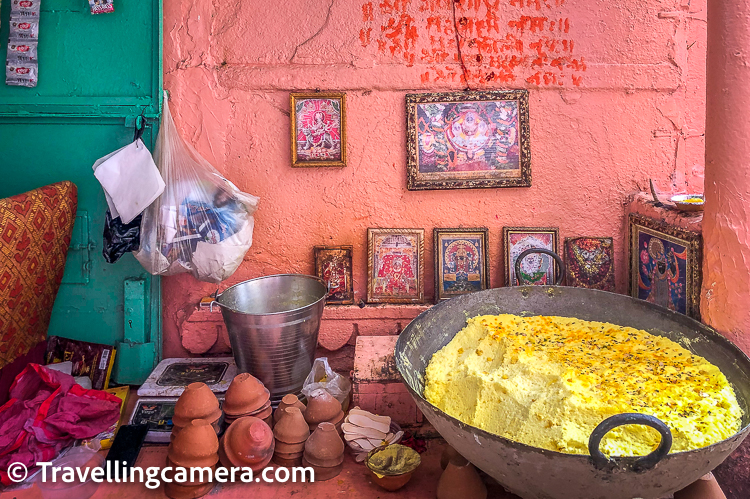
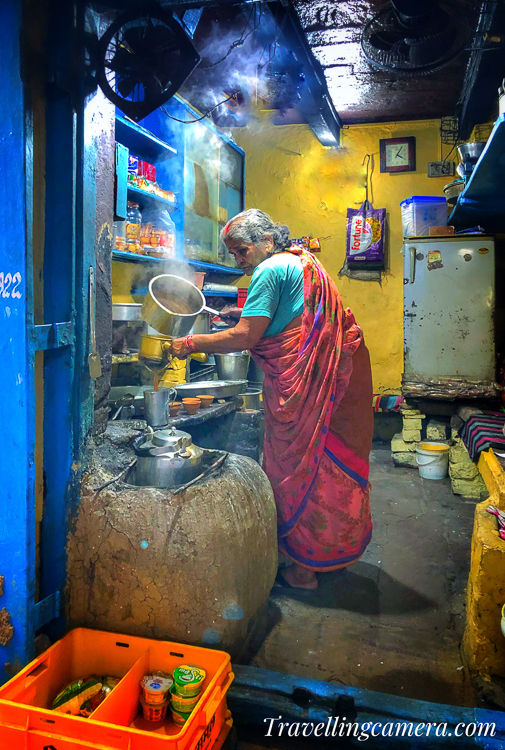
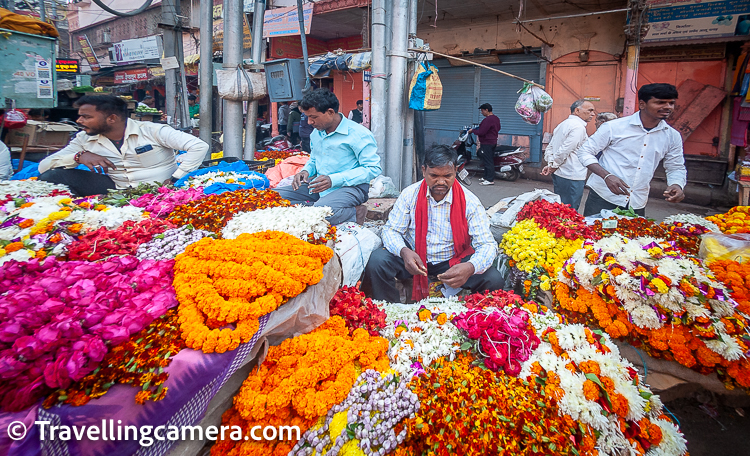



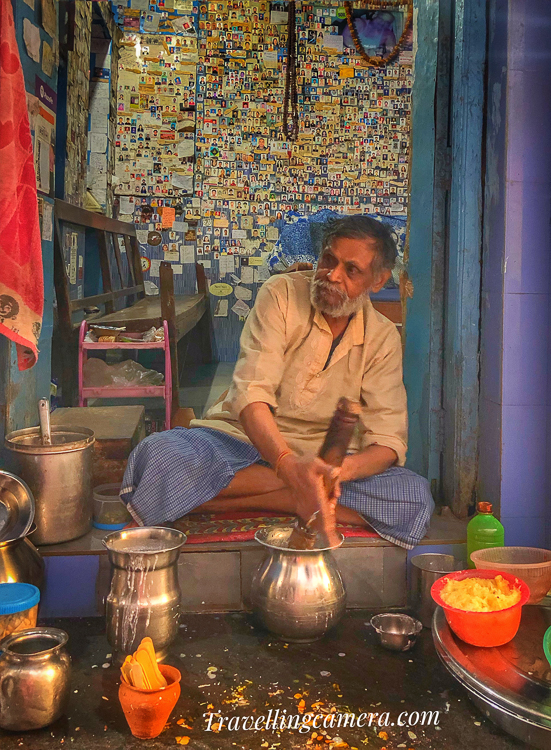

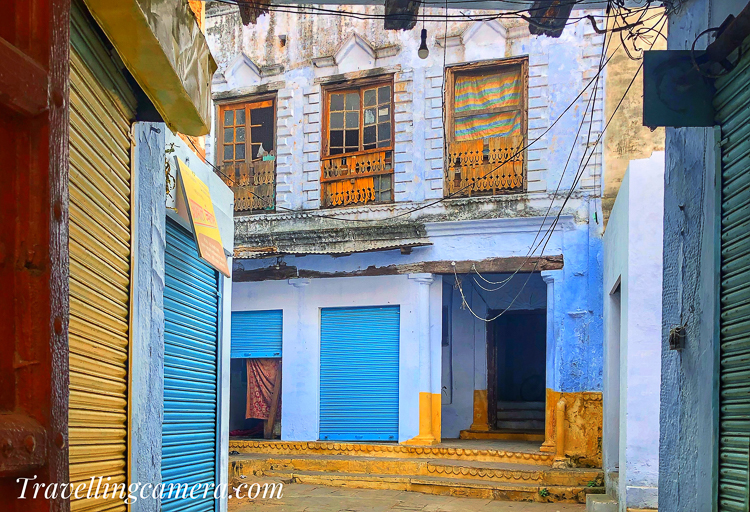
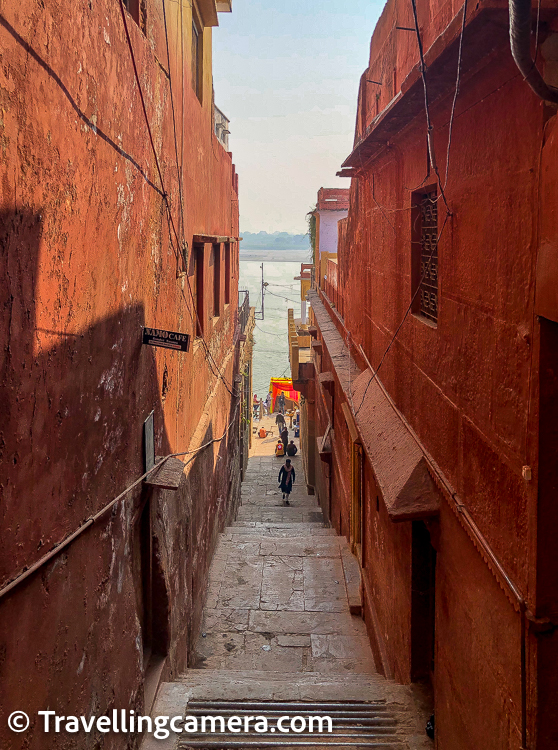















.jpg)
Comments